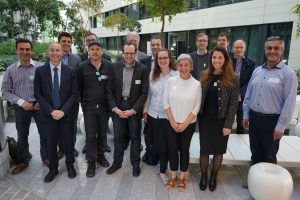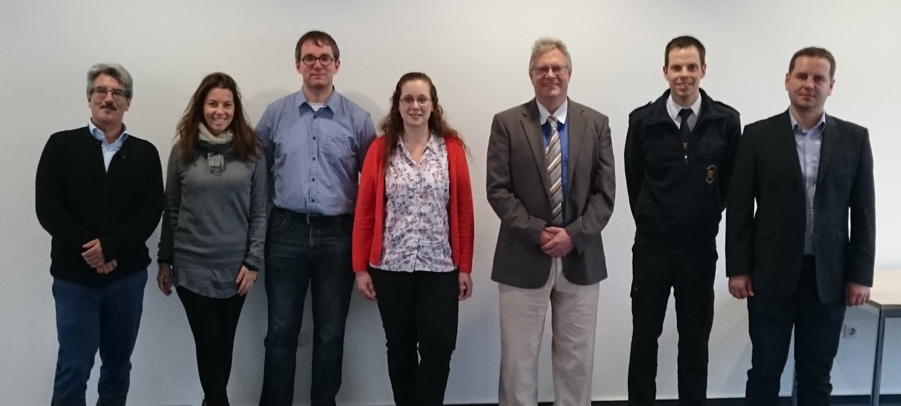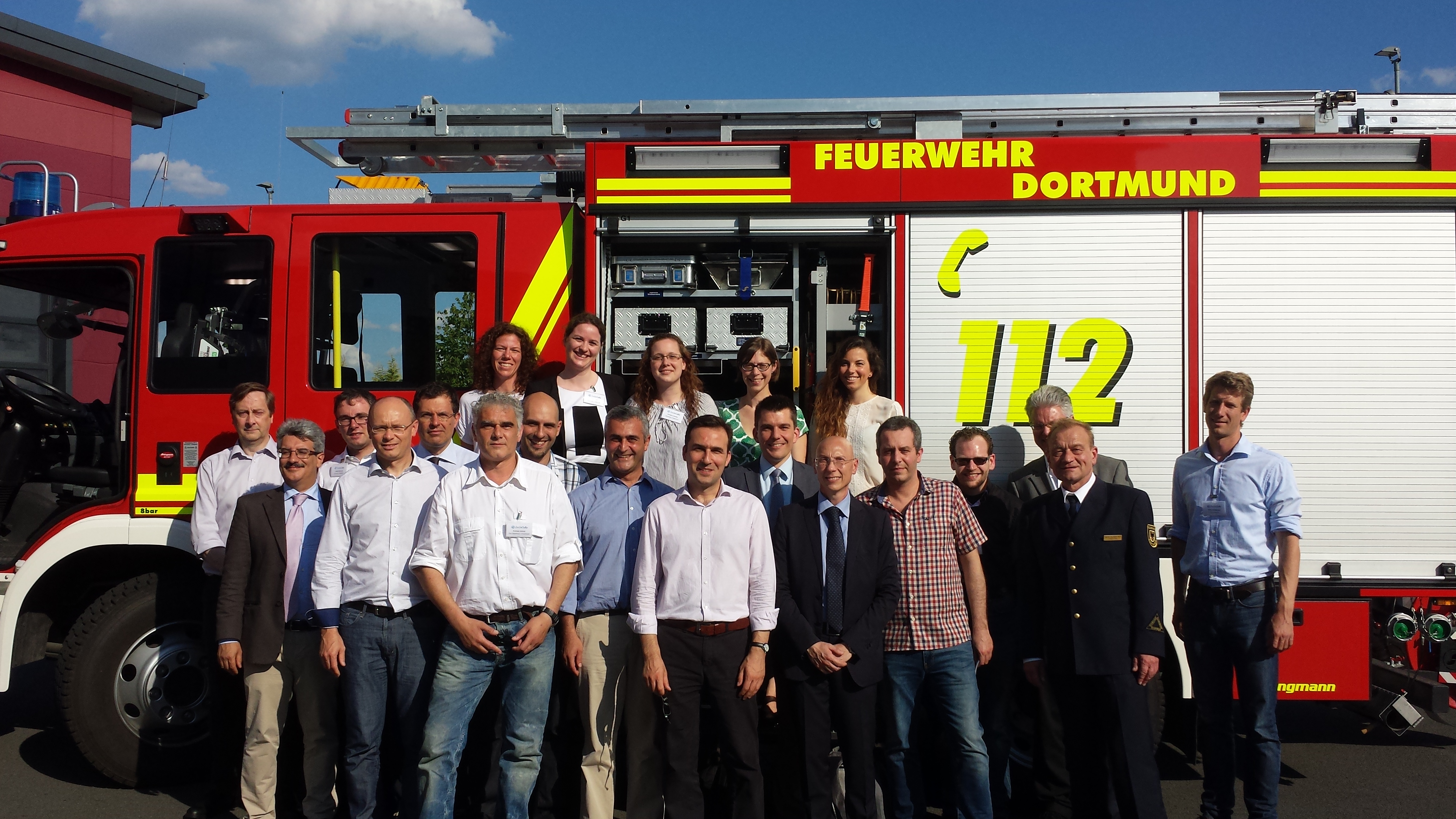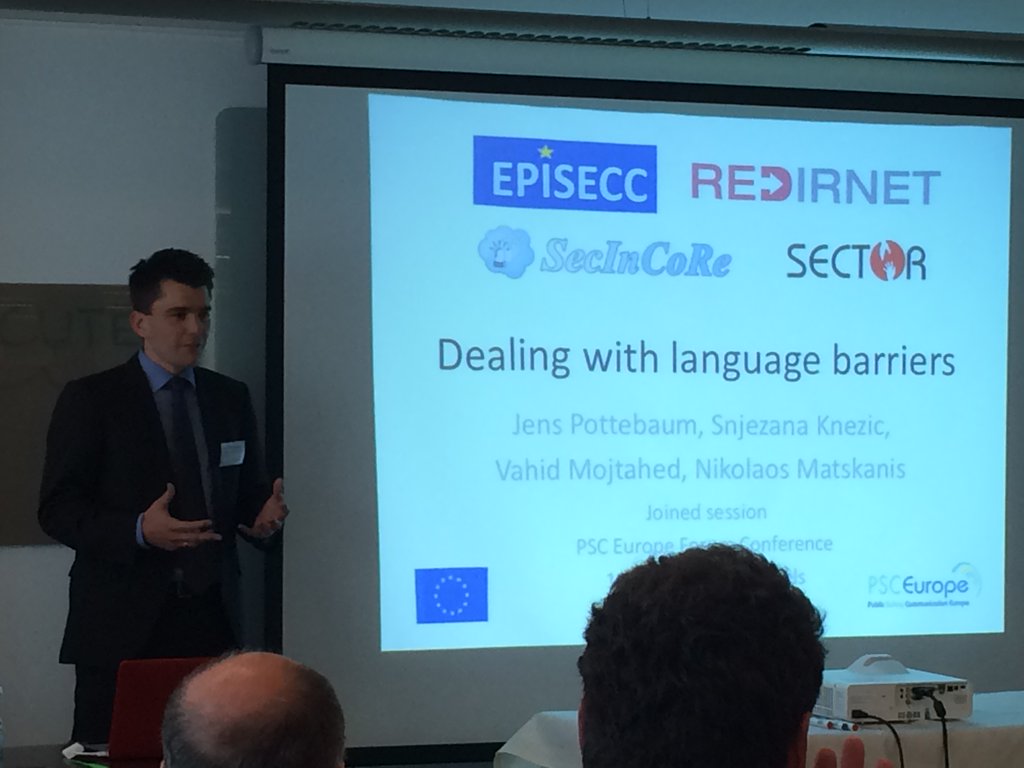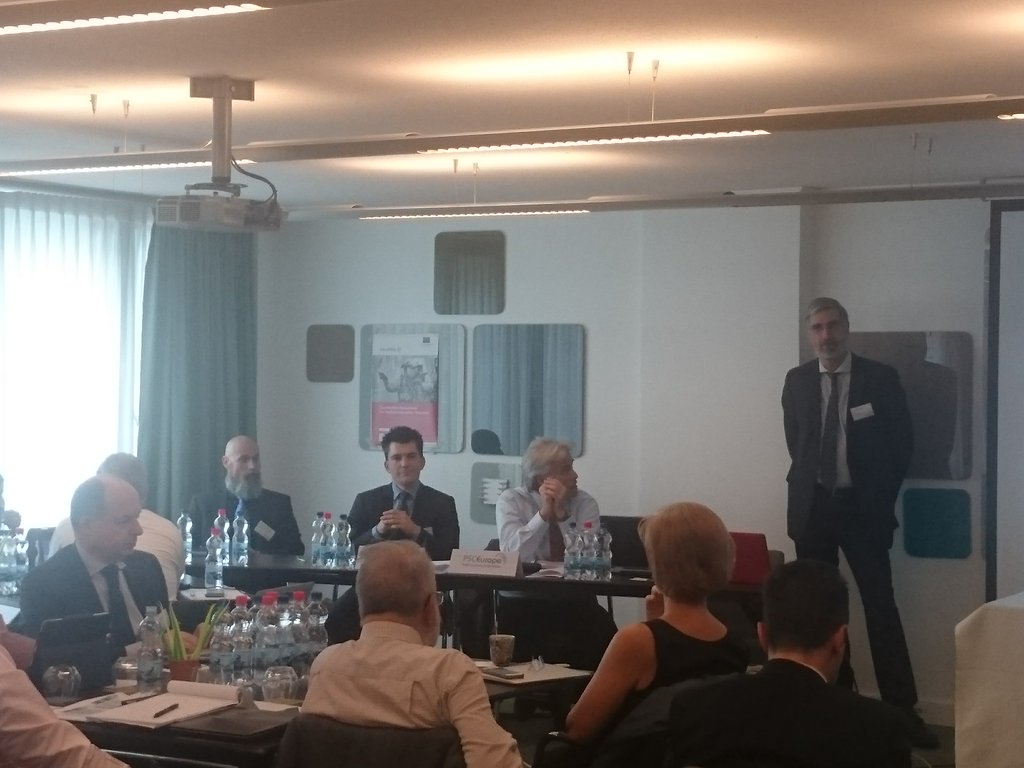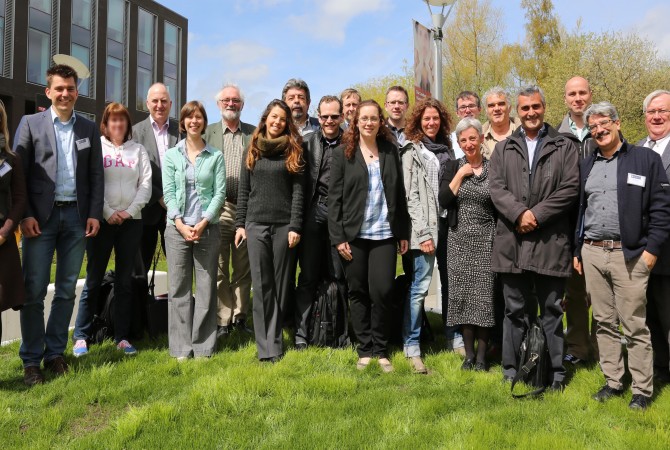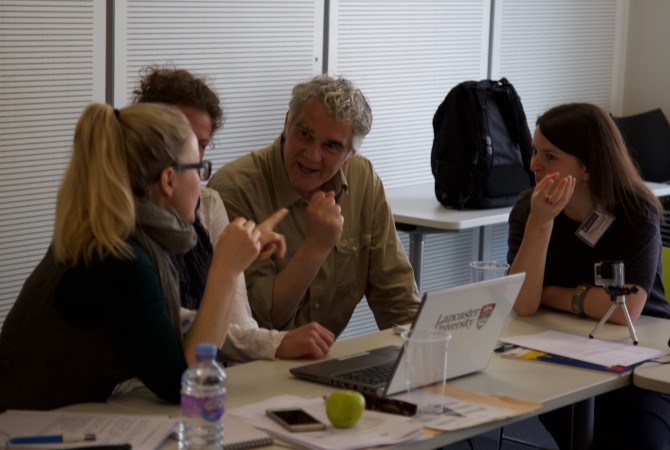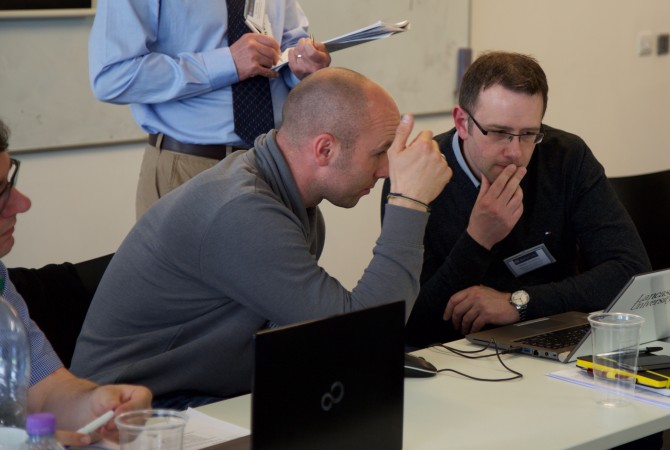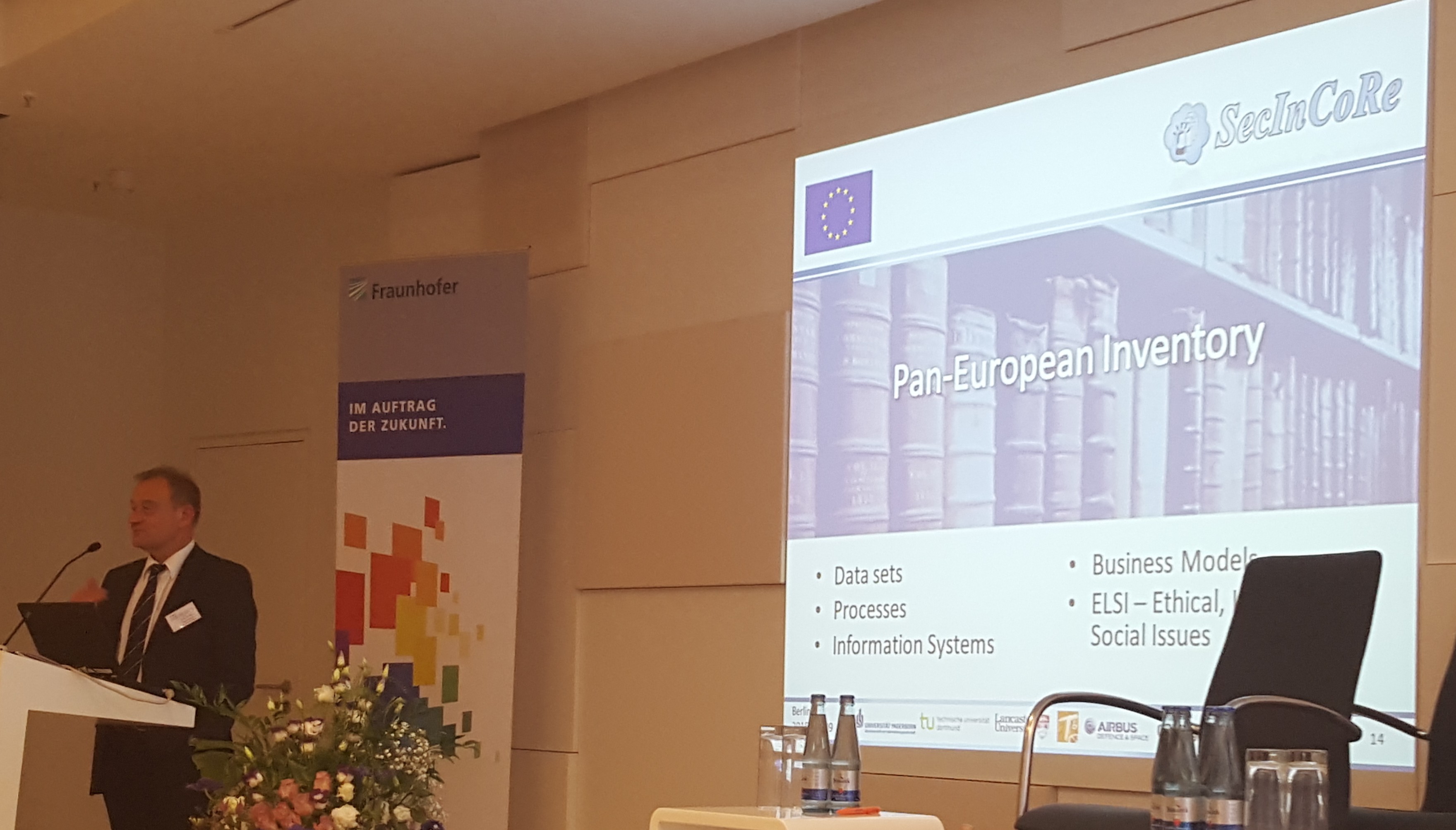The 3rd and final review meeting of the SecInCoRe project took place from the 23th to 24th of May in Brussels. The consortium demonstrated the SecInCoRe “Common Information Space” (CIS) demonstrator at a whole (including Semantic Search, RescueRoam and www.isITethical.eu). Furthermore, the SecInCoRe team presented future network enabled communication and a table top exercise based on isITethical.eu to raise awareness and experiences issues in governance and use of Common Information Spaces. As a success criterion in European research projects, it was confirmed that all scheduled deliverables were accepted. The consortium will continue its work on its CIS concept in general and all types of elements included. Stay tuned!

